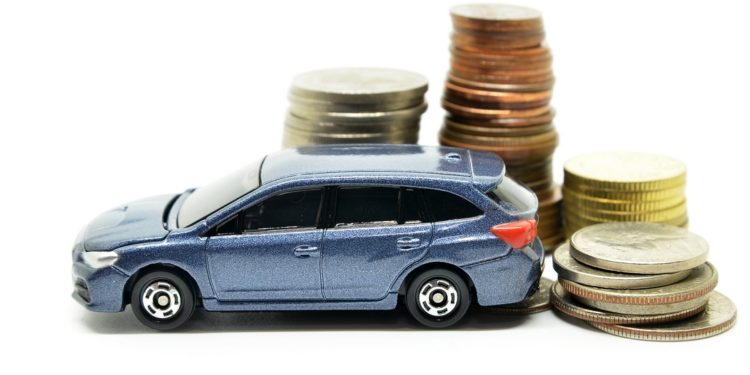3 Tips for Participating in Vehicle Reimbursement Programs

We use our automobiles for a wide array of uses. Some use it to get to work, while others use it deliver goods. Most of us just utilize our car to get to the grocery store and take a trip outside of the city once in a while.
Of course, our cars can come with a lot of expenses, whether you’re driving to meet clients or to get to the office. This is why many motorists try to apply for a tax credit or some kind of reimbursement from the government or their insurance provider.
However, applying for a tax credit or getting reimbursement for travel related expenses is not as easy as people think. People have a tendency to exaggerate their travel expenses, which is why there is usually very close scrutiny of travel expenses claimed as business-related.
1. Learn about the Different Types of Vehicle Reimbursement

There are several different types of vehicle reimbursement programs including:
- Company-owned vehicle where the employer purchases the vehicle for the employee and takes care of all the costs including licenses, fuel, repairs, and maintenance.
- Company leased vehicle where the company leases the car for the employee and the employer pays for all business related costs.
- Flat monthly payments where the employee uses their own personal vehicle and receive a flat monthly allowance from the company. In most cases, this amount is predetermined and is not dependent on actual expenses or any other factors.
- Flat rate plus a fuel card where the employee uses their own vehicle gets paid a flat rate but also receives a fuel card for fuel and maintenance expenses.
- Cents per mile where the employer pays a specific rate per each mile driven by the employee thus following a driving for dollars model.
- Fixed and variable reimbursement where the employee drives his own vehicle, receives a fixed amount and is reimbursed for operating costs on a regional cents-per-mile basis.
Moreover, there are several factors that come into play when you want to receive a tax credit for your business travel expenses. Some of these include the type of car, the cost of the car, the distance traveled, the purpose of the travel and the driving pattern. That said, simply providing an estimated cost at the end of the year is not sufficient for approvals.
Here are some tips to get the best possible return on your business related driving expenses:
2. A Detailed Log Will Help You

The importance of keeping detailed logs cannot be emphasized enough.
Moving forward, you must write down when you go to work, the number of miles driven each day, the road traveled, the distance, time and why you went to these places. In addition, provide the name of the places you visited, the people you met and the dates when these events happened and specify all expenses that occur during the travel. If you get audited and cannot produce the log, you can more or less forget about any reimbursements.
Remember, the higher your expenses, the greater the chances your records will be checked more closely. If you do not have records or if these records do not provide complete information or have any gaps, there can be doubts as to whether these expenses were for business or personal use.
3. Claim the Right Expenses

It is important to know what expenses you can and cannot claim for your business-related travel expenses. The expenses you can claim consist of your car registration, insurance, gas, general maintenance and any repairs. If you are leasing a car, then a certain percentage of the cost can also be claimed as well as the interest paid on any loan, if you bought a new car.
However, it is important to note that expenses for simply going to work and coming back home do not count as business-related travel expenses. Also, if you work for a pizza shop and deliver pizzas and get reimbursed for car expense by the manager, then you can’t claim any vehicle reimbursement. You are billing for one expense twice and that is illegal.


